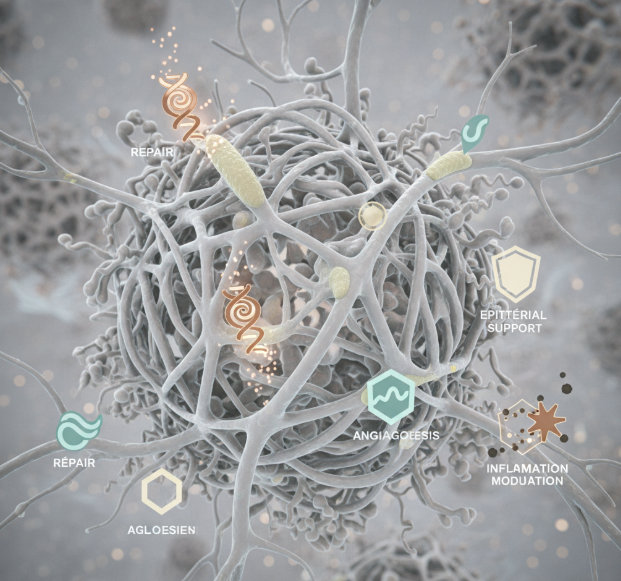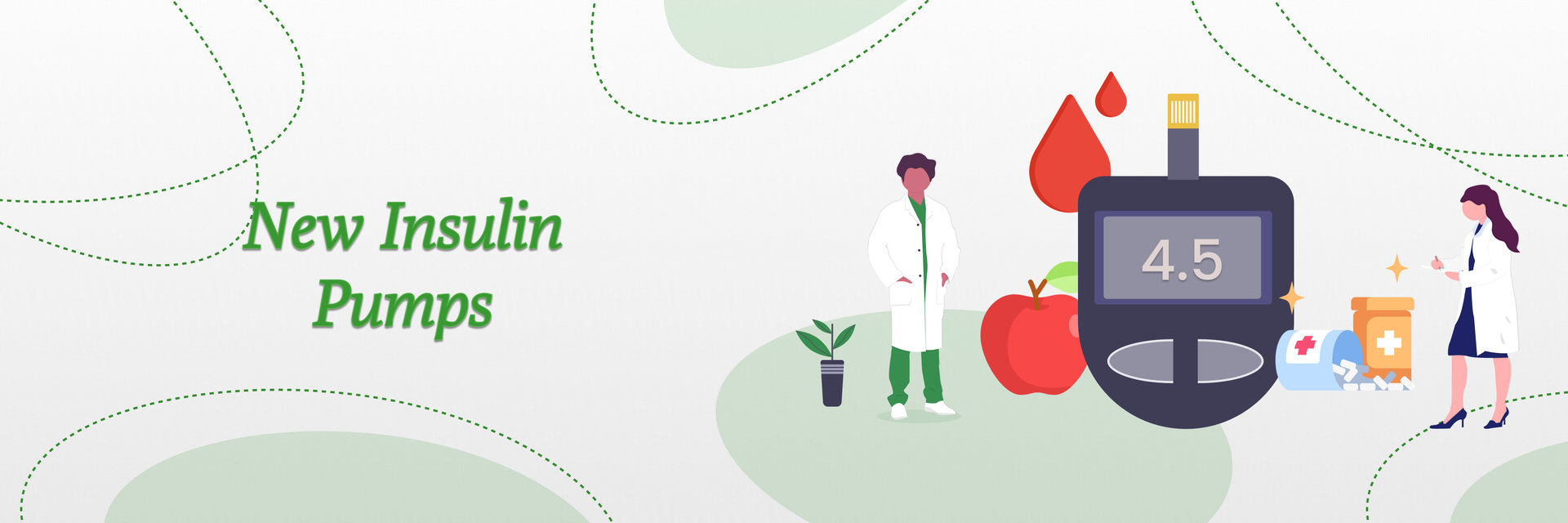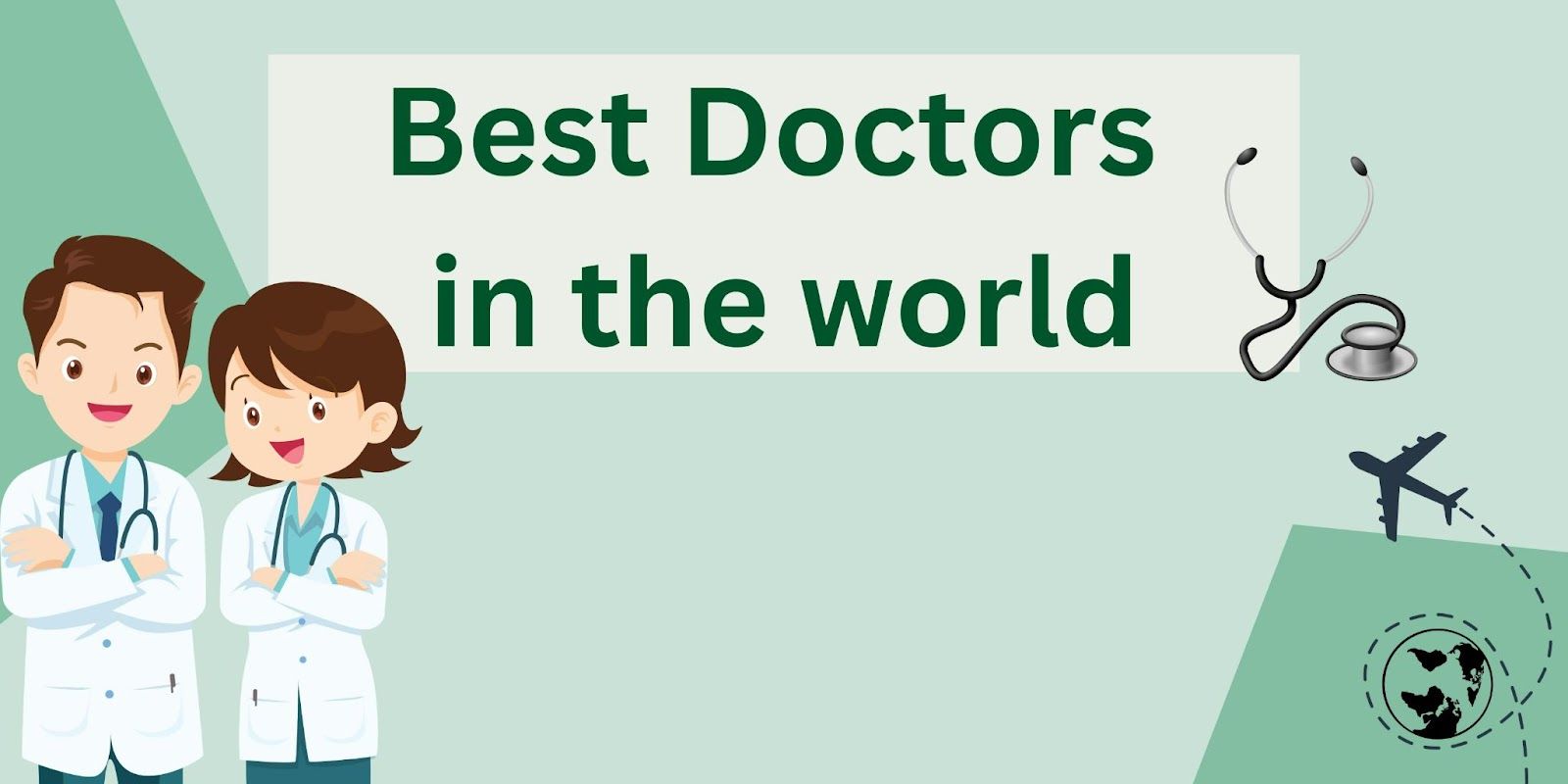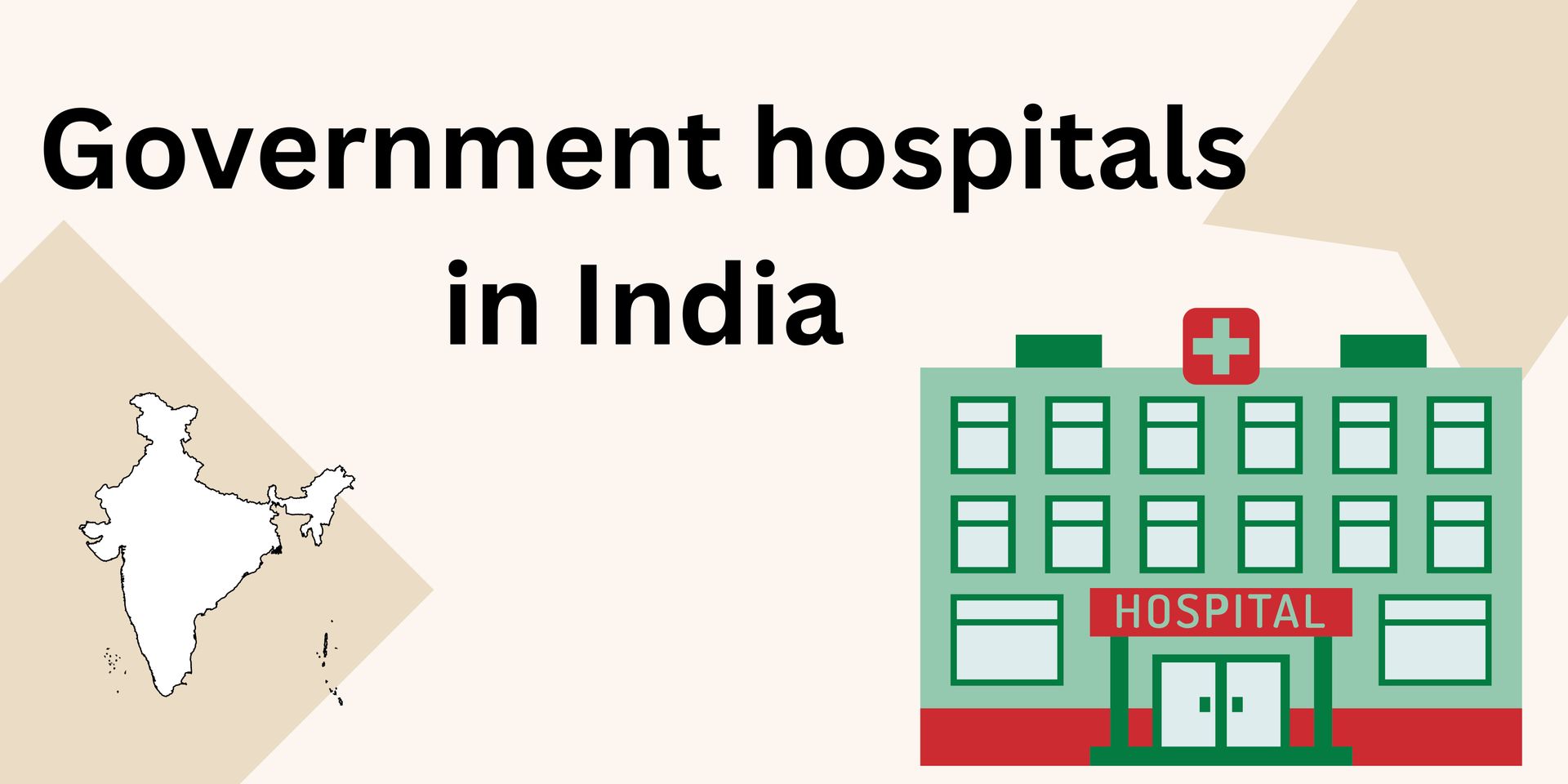Overview
Peptide therapy is emerging as a promising area of research in regenerative medicine, attracting attention from both scientists and patients. Peptides are short chains of amino acids the building blocks of proteins that act as messengers in the body. By binding to receptors and triggering specific pathways, they influence processes such as healing, inflammation control, and tissue regeneration.
Among the many peptides being studied, GHK-Cu, TB-500, BPC-157, and KPV have gained particular interest. Collectively, these are sometimes grouped under the term KLOW (GHK-Cu, TB-500, BPC-157, KPV). Patients curious about regenerative approaches often encounter these names in online discussions or during consultations, but reliable explanations can be hard to find.
This guide offers a clear, patient-friendly overview of what these peptides are, what research says about them, and what limitations exist. The goal is to support informed discussions with healthcare providers rather than promote unverified claims.
The Role of Peptides in Regenerative Science
Peptides naturally occur in the body, where they regulate biological signals that maintain health and recovery. Scientists are investigating whether supplementing with or modifying these peptides could accelerate processes like wound healing or reduce harmful inflammation.
Unlike conventional drugs, peptides often act with high specificity, meaning they target precise molecular pathways. This has made them attractive for laboratory research.
For patients, the key is to view peptide therapy as an emerging area of study rather than a guaranteed solution. Understanding what each peptide does can make it easier to ask the right questions during medical consultations.
GHK-Cu: The Copper-Binding Repair Peptide
What it is:
GHK-Cu is a naturally occurring tripeptide that binds to copper ions. It has been identified in plasma, saliva, and other bodily fluids.
Research focus:
TB-500: A Fragment of Thymosin Beta-4
What it is:
TB-500 is a synthetic peptide modeled after a naturally occurring sequence within thymosin beta-4, a protein involved in cellular repair and growth.
Research focus:
- Studied for its role in angiogenesis, the formation of new blood vessels.
- Investigated for tissue regeneration in muscle, eye, and cardiac models.
- Interest in sports medicine as a potential recovery enhancer.
BPC-157: Body Protection Compound
What it is:
BPC-157 is derived from a protein in human gastric juice. It has become one of the most widely discussed peptides in regenerative circles.
Research focus:
- Studied in animal models for tendon, ligament, and muscle repair.
- Suggested influence on blood flow and angiogenesis.
- Explored for possible roles in gut health and inflammation regulation.

KPV: The Anti-Inflammatory Peptide
What it is:
KPV is a short fragment derived from alpha-MSH, a hormone known for anti-inflammatory and immune-modulating effects.
Research focus:
- Investigated for gut health, especially in models of inflammatory bowel conditions.
- Studied for reducing inflammatory markers in epithelial tissue.
- Interest in dermatology and systemic inflammation control.
Comparing GHK-Cu, TB-500, BPC-157 & KPV
While these four peptides are often grouped together as KLOW, they serve different functions in regenerative research:
- GHK-Cu: Associated with collagen, skin vitality, and tissue healing.
- TB-500: Investigated for blood vessel growth and repair.
- BPC-157: Widely studied for musculoskeletal and digestive tract recovery.
- KPV: Focused on inflammation reduction and epithelial protection.
It’s important to recognize that these peptide supplements are not interchangeable. Each has a unique biological role, and combining them does not necessarily enhance results. Patients should discuss them individually with providers rather than view them as a one-size-fits-all option.
Ethical and Regulatory Landscape
One of the challenges in regenerative health is balancing patient curiosity with scientific caution. While peptides hold promise, unregulated use outside of controlled research can carry risks. Reputable clinics emphasize transparency, highlighting what is known versus what remains experimental.
Patients should be aware of red flags, such as bold marketing claims without published data or products offered without third-party testing. Engaging with providers who prioritize evidence-based discussion helps safeguard patient interests.
Future Outlook in Peptide Therapy
As technology advances, peptide research may expand into more targeted therapies. Scientists are exploring:
- Modified peptide analogs with longer half-lives.
- Combination approaches with stem cells or growth factors.
- Personalized peptide regimens based on genetic or molecular profiling.
The future may bring more robust data and potentially regulatory approvals. Until then, patients should approach peptide therapy with measured expectations and a focus on staying informed.

Final Thoughts
Peptides like GHK-Cu, TB-500, BPC-157, and KPV are generating excitement in regenerative health. Known collectively as KLOW, they highlight the potential of peptides to influence healing, inflammation, and tissue repair.
For patients, the most valuable step is to enter conversations with healthcare providers armed with knowledge. Understanding the science, limitations, and questions to ask ensures safer and more meaningful discussions.
For those seeking broader information on regenerative approaches, platforms such as ClinicSpots can provide additional background and patient resources. Staying curious yet cautious is the best way forward in navigating this evolving field of peptide therapy.







